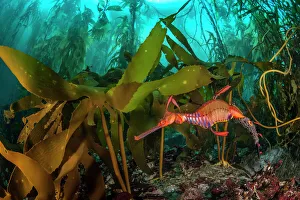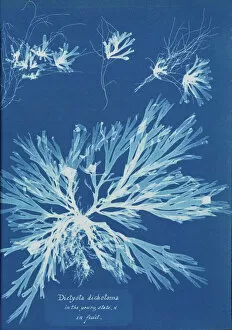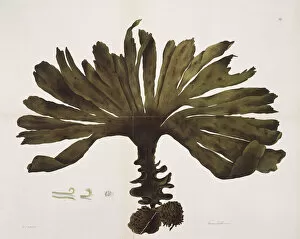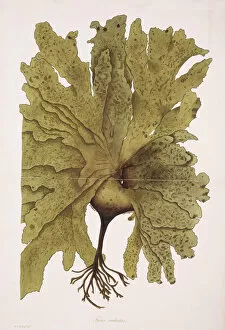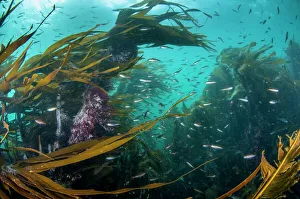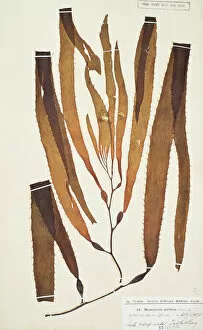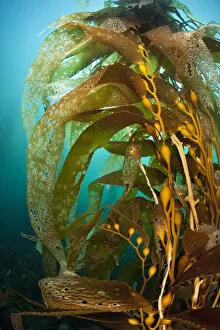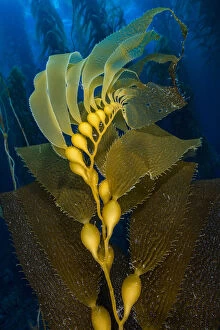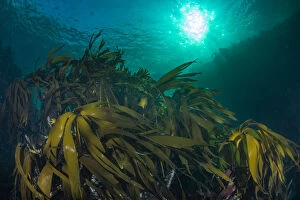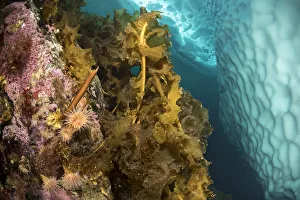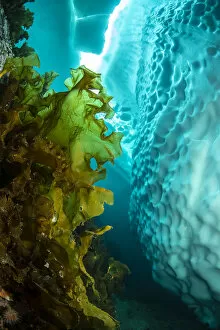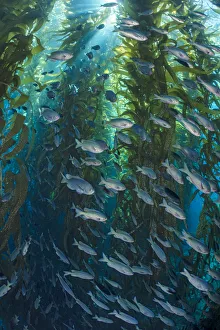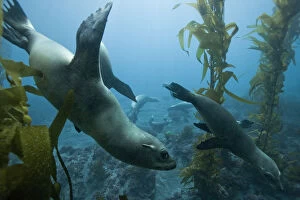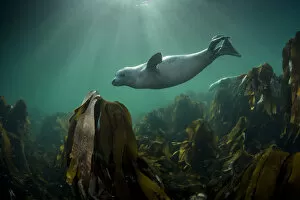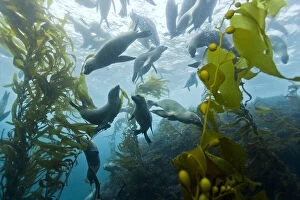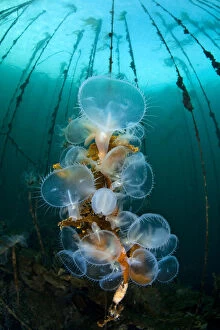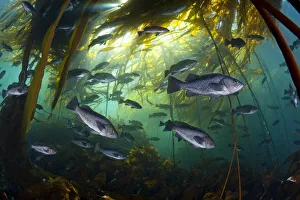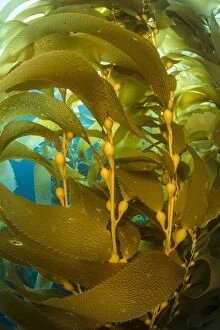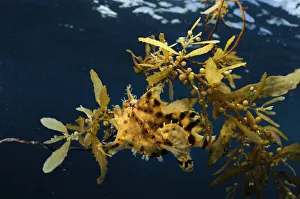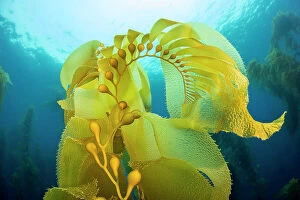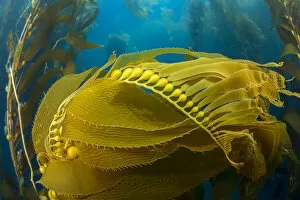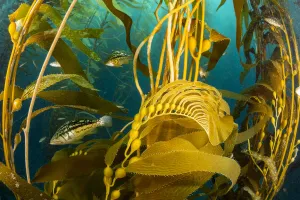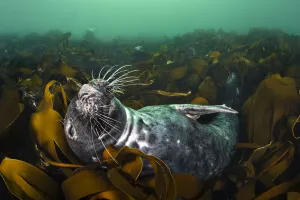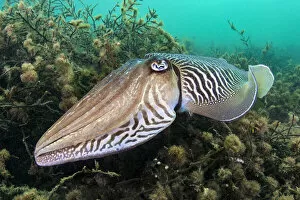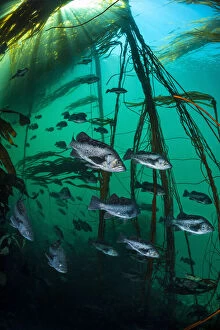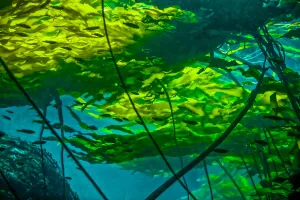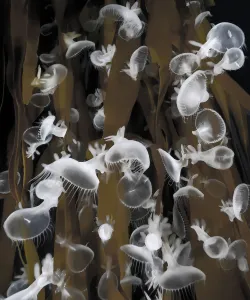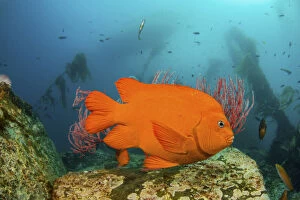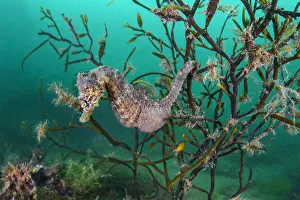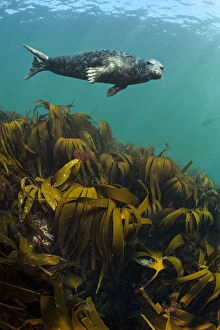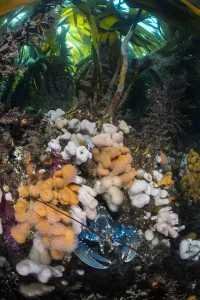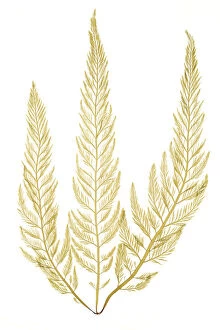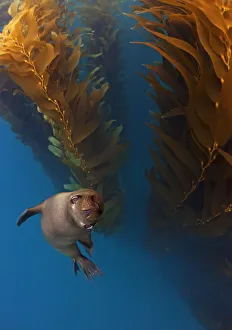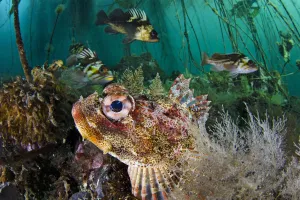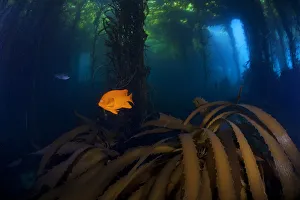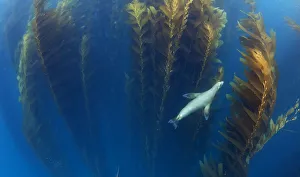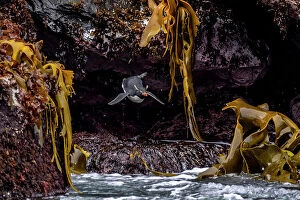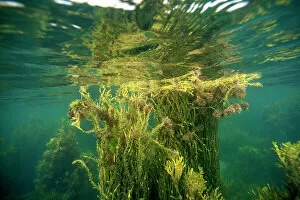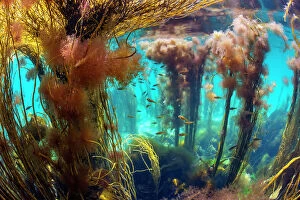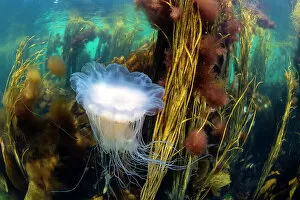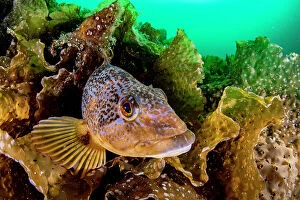Phaeophyceae Collection
Phaeophyceae, also known as brown algae, is a fascinating group of marine organisms that thrive in various coastal habitats around the world
All Professionally Made to Order for Quick Shipping
Phaeophyceae, also known as brown algae, is a fascinating group of marine organisms that thrive in various coastal habitats around the world. From the dense growth of Bootlace seaweed in Kimmeridge, Dorset to the mesmerizing kelp forests in Shetland and Santa Barbara Island, these photos capture the beauty and diversity of Phaeophyceae. One captivating image shows a male Weedy seadragon carrying eggs through a kelp forest. This unique behavior highlights how Phyllopteryx taeniolatus relies on these algae for protection and camouflage. Dictyota dichotoma, Fucus bulbosus, Fucus radiatus - these are just some brown algae species that contribute to the vibrant underwater ecosystems. Their presence provides shelter and food for numerous marine creatures like small fish and California sea lions resting in the canopy of giant kelp forests off Los Angeles. The gas bladders found in Macrocystis pyrifera (giant kelp) play an essential role by keeping their fronds buoyant near Fortescue Bay in Tasmania or Santa Barbara Island. These air-filled structures allow them to reach towards sunlight while creating intricate habitats for various organisms. Even penguins benefit from Phaeophyceae's existence. An Eastern rockhopper penguin mid-fall after jumping off a rocky ledge surrounded by Bull kelp showcases how Durvillaea antarctica supports their journey into the sea around Auckland Island. Norway's laminaria (Ascophyllum nodosum) growing up towards the surface demonstrates its resilience even in clear shallow seas like Aberffraw, Anglesey. Its presence enriches Irish Sea's ecosystem during July months when it thrives abundantly. Phaeophyceae holds immense ecological significance worldwide with its ability to form dense growths like Bootlace seaweed or create majestic underwater landscapes like kelp forests.

